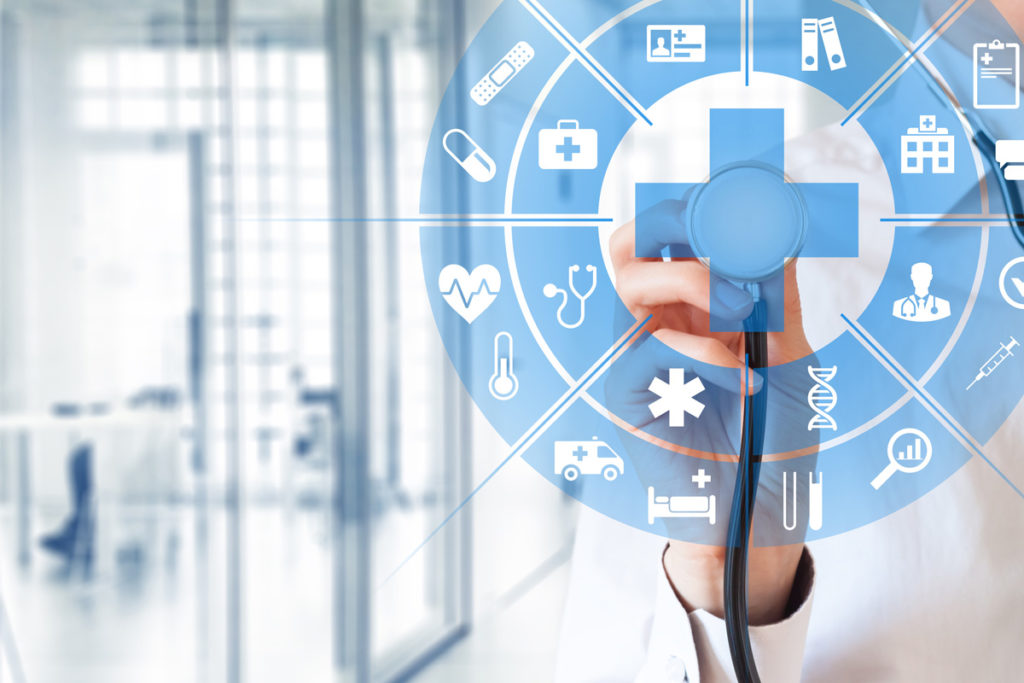When it comes to how technology improves healthcare, the focus is always on cures and revolutionary medical equipment. But technology does a lot more than that. Healthcare is changing in various ways as modern technology is being integrated into various systems. Here is a list of the potential changes you can expect to be more common in the future:
Easier Health Records
Electronic health records are revolutionizing the way hospitals get their patient information. However, it is not as smooth as it sounds. The idea of a single electronic health record for a patient that can be accessed so that any hospital anywhere would have complete data on them has been a long-term dream. It is only recently that it has reached an incredible amount of coverage. It is interesting how far it has spread.
In 2009, only 16 percent of hospitals used EHR. It is now 2021 and the EHR is found in over 97 percent of hospitals in the country. It sounds simple but there is still the challenge that while coverage is high, multiple platforms are being used. This creates problems with record sharing between platforms. While this is still being ironed out, EHRs are very effective at providing doctors with a comprehensive and easy-to-access information source on the patient.
Making Remote Access Possible

The pandemic has accelerated the use of telehealth for a lot of healthcare institutions. With older people not able to go out and limited movement, being able to consult with a doctor can be a lifesaver. The great thing about it is that it can become a standard even after the pandemic has subsided. Patients who are too far away or have difficulty traveling would instead contact their doctor via a telehealth portal. They can have their consultation without ever leaving their house.
Accurate And Constant Patient Monitoring
Remote monitoring is an excellent tool that has various uses. The most obvious one is to keep tabs on high-risk patients. For example, a person with a pacemaker will usually have a monitoring system attached to it. If it malfunctions or detects problems with the patient’s heart, the remote center in charge of the monitoring either contacts the patient or the local health center to check on the patient.
Not everyone is in that serious condition. But wearable technology does allow for regular checks on a person’s bodily functions. This is a good thing since the device can then share this information with a doctor. It provides a much clearer picture of a patient’s health and can help with diagnosis.
Better Emergency Response
Emergency services are an important part of any healthcare system. People get into trouble and they need immediate treatment. This is where the MIH or Mobile Integrated Healthcare comes in. The main problem with emergency response is that the normal approach has responding units being blind to the various details of the patient. They can only respond to what is in front of them.
But with MIH, emergency response teams have access to their patient’s medical records the moment they receive the call. This can help a lot in avoiding problems like allergies to medications and additional problems. For example, an emergency team is called in because of a heart attack. They would know immediately about the patient and if he has any underlying issues to look out for.
Diagnosis Made Easy

Doctors make mistakes and can miss symptoms. They’re not perfect when it comes to diagnosis, though they have a high chance of successful treatment. This is where additional assistance comes in. With modern information sources, doctors can have access to a second opinion and additional data on what could be wrong with their patients. There is also the use of artificial intelligence. With a large enough database, AI can look up the symptoms and provide doctors with all the potential conditions that the patient could be suffering from.
They can also analyze data like x-rays, blood tests, and more to flag potential symptoms missed by the doctor. The result is better diagnosis and treatment for the patient.
Science fiction shows us images of future doctors simply pulling out a device and diagnosing medical problems in seconds. While not completely possible nowadays, faster treatment and diagnosis are very much possible with the revolutionary changes that technology is making to the healthcare industry. In the future, it might even be possible for patients to diagnose themselves remotely with a simple click on an app. It will be interesting to see what the future brings when it comes to healthcare tech.
